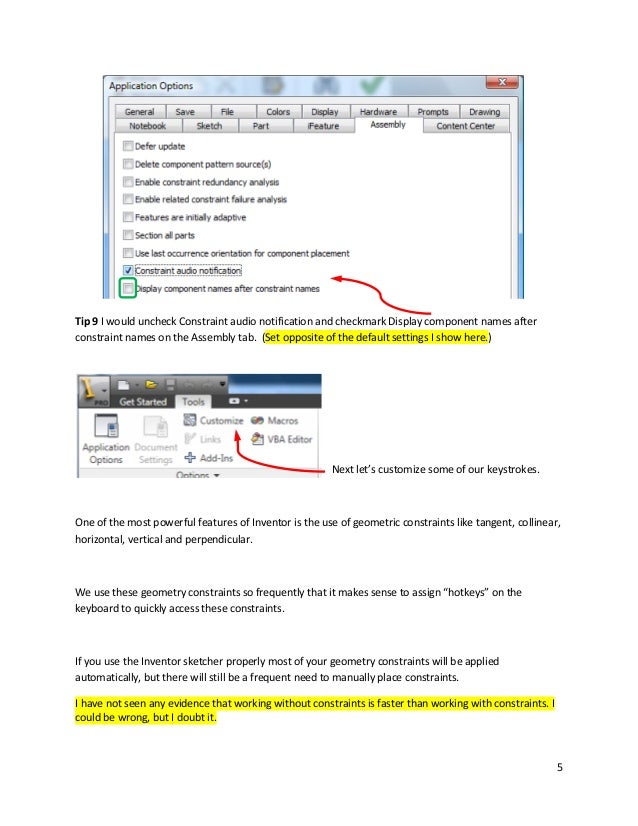

There is a great new option in the parameters manager to purge unused parameters. The parameters dialogs dynamically re-size (so_you_can_read_your_whole_parameter_name) and the Sketch tools are always visible. However, there is a nice new feature that allows you to pick the size of your buttons. User Interface: The UI has been optimised (messed about with) featuring more grouped commands. Will direct editing aid your workflow? Or will it be just one more way for your designers to circumnavigate your modelling standards? For those last minute design changes (without blowing up for history rebuild) or working with imported geometry to make tweaks without remodelling features, it’s very handy indeed. The direct modelling tools give you a lot of control over edits, but also store those edits as part of the history tree for later edits or paramterisationĭirect edits are added to the feature tree and their values can be driven from the parameters manager. It is intuitive and slick with great feature recognition. SolidWorks, Solid Edge and Creo all have direct modelling strategies, so it is about time Inventor kept up! I really like the way that direct modelling has been implemented in Inventor. Direct editing isn’t a new idea, but SpaceClaim showed how it should be done. SpaceClaim threw down the gauntlet back in 2005 and opened up a whole new market. Have you been following the debate around history vs. Those of you who have been hammering out T-Splines in Fusion 360 for some time may feel a little hampered. This introductory tool set is great for new users who need to learn this new way of thinking. If you’ve never modelled with T-Splines before you’ll get along with Freeform just fine. What we do have is a functional set of tools that just about make Freeforms useable. Handy tools such as ‘make uniform’ and divide face by point are missing.

On exiting the Freeform environment the T-Splines surface is smoothly converted to a ‘solid’ body and further edits can be carried out using Inventor’s regular solid and surface modelling tools.ĭespite the fact that the Freeform environment opens whole new workflows for organic shape design in Inventor, I’m disappointed in how little of the original feature set from Rhino has been implemented.Īutodesk has already successfully implemented T-Splines into its flagship web based CAD package - Fusion 360, so our appetite has been whetted with the possibilities Freeform T-Splines, in this current Inventor implementation, are restricted to closed bodies only - so no open surfaces.įreeforms can’t be built from sketches and there is no ‘cage’ view. This is more efficient than regular SubD modellers, which need to subdivide the whole surface to add detail.įreeform bodies are non-parametric, but do exist in the feature tree. Add faces and edges) in areas that require more refined surface curves. T-Splines are an extremely clever addition to subdivision modelling that uses ‘T’ points and ‘Star points’ to add detail (i.e.
Geometric constraints autodesk inventor pro 2015 plus#
The biggest plus is that subdivision surfaces rarely fail, which makes complex part modelling a lot less prone to feature tree explosions. While it’s hard to get a subdivision surface to be as accurate as a surface built using traditional sketches and surface features, subdivision surfacing is quick and intuitive. Direct modelling tools enable the quick editing of geometry without hacking back through the history tree or on imported geometry


 0 kommentar(er)
0 kommentar(er)
